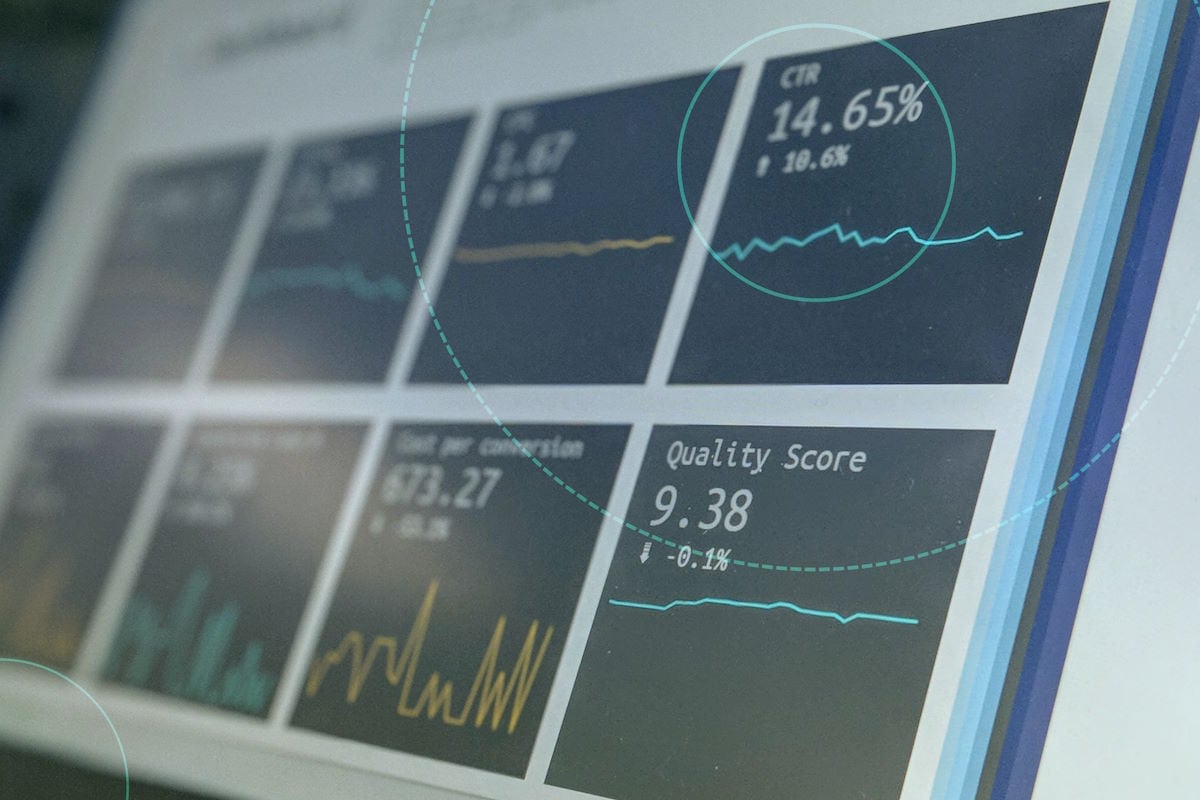These complex models consider multiple marketing touchpoints to more accurately interpret performance outcomes
Multi touch attribution methodologies are critical for marketers seeking to understand and improve their performance. Where single touch attribution might help organizations with a laser focus on sales, multi-touch models are the best way for marketers to understand all of the channels they activate, campaigns they run, and creative they design. In this article, we’ll look at the differences between multi touch and single touch attribution and drill down into a few of the most popular multi touch models that marketers use today.
Ready to explore more angles of attribution? Check out The Modern Marketer's Guide to Attribution.
What Is Multi Touch Attribution?
Multi touch attribution is a strategy that considers all of the marketing touchpoints that contribute to a successful outcome, like a website visit or a completed sale. Instead of giving full credit for the conversion or sale to a single interaction, multi-touch attribution assigns different values to various touchpoints along the customer journey to distribute credit more accurately.
This more granular examination helps businesses track and assess all of the marketing channels they employ and campaigns they create. Developing a keener understanding of how each touchpoint influenced a conversion gives marketers the information they need to optimize spend, adjust strategies, and allocate resources more effectively.
Marketers can then streamline the customer journey by further investing in the strategies that work and jettisoning or iterating on the tactics that don’t. Multi touch attribution also enables more personalized, targeted marketing efforts since it delivers a detailed picture of how individual customer journeys unfold.
Multi touch attribution is a key component of maximizing ROAS on CTV campaigns. Want to learn more? Download our free CTV Advertising Playbook:
Multi Touch Attribution vs. Single Touch Attribution
As opposed to multi touch attribution, which recognizes each point that influences a customer's decision, single touch models typically give credit for the positive outcome to either the first or last interaction. If a consumer visits your brand’s website immediately after watching your ad on streaming television, a last-touch model would fully attribute that conversion to the CTV ad. In a first-touch model, credit would go to the consumer’s initial interaction with a brand, regardless of how many touchpoints came after it.
Marketing today takes omni-channel strategies as table stakes. In that sense, single touch models don’t capture the vast effort marketers pour into developing complex strategies, testing new channels, and optimizing ad creative. Multi touch attribution is a more accurate strategy for the modern marketer since it accounts for all of the touchpoints that play a role in the journey.
Choosing the Best Multi Touch Attribution Model
Within the multi touch category, there are many different attribution models marketers can choose from. Although they all account for the various touchpoints that facilitate a conversion, each model weights those types of touchpoints differently. Many of the simpler multi-touch attribution marketing models are called rules-based methods since they allow marketers to define up-front how much credit will be assigned to each touchpoint or interaction type. Other models use machine learning and statistical modeling to distribute credit across those touchpoints algorithmically.
- Linear attribution distributes credit equally across all the touchpoints in the customer journey. This approach, sometimes called even weighting, is particularly useful for marketers with longer sales cycles who want to take a bird’s eye view of the many interactions typically required to inspire an outcome.
- Time decay attribution assigns increasing weight to touchpoints as the customer reaches the end of their decision-making journey. The assumption is that interactions that occur closer to the sale or conversion played a more important role in completing that outcome than the touchpoints that happened earlier on in the journey.
- U-shaped attribution prioritizes two critical touchpoints by dividing the lion’s share of attribution credit between the first and last interactions and distributing the remainder across all of the touchpoints that fall in between those two. Sometimes called position-based attribution, this model assumes that the initial and final interactions with a brand are the most important and directly relevant to the successful outcome.
- W-shaped attribution distributes credit across three priority touchpoints: the first, last, and conversion interaction. Compared to U-shaped attribution, the third point in the W-shaped attribution model adds more weight to the moment that a consumer’s dispassionate or passive interest becomes a clear intent to convert or buy.
Making Multi Touch Attribution Work for CTV Marketing
In most cases, determining which multi-touch model is most appropriate will depend on several business factors. Marketers should consider their typical sales cycle length, unique industry concerns, and specific campaign goals when selecting an attribution model. For performance marketers interested in applying these attribution principles to their CTV advertising efforts, there’s tvScientific.
Our sophisticated CTV advertising platform offers accurate attribution, real-time insights, and precise targeting capabilities. Marketers can use tvScientific’s built-in attribution models to understand and improve exactly how CTV ads are delivering results, contributing to brand lift, and more. Get in touch today to learn more about growing your business with tvScientific.







